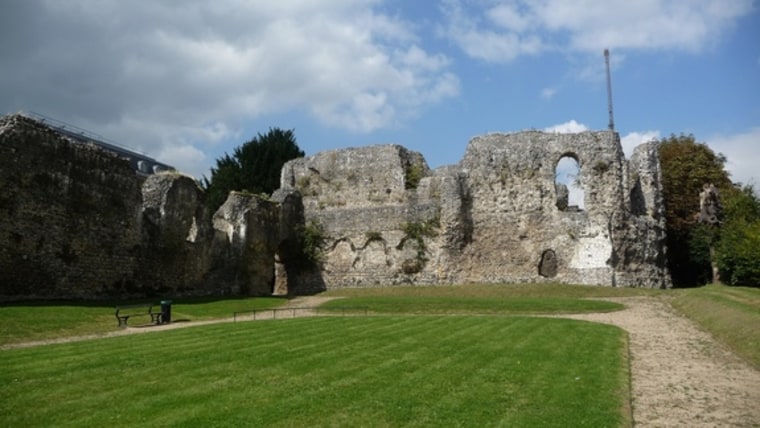If the English King Richard III was the "king in a car park," King Henry I may prove to be the "king in a playground."
In the wake of an archaeological dig that found the bones of Richard III beneath a parking lot in Leicester, England, British historians and archaeologists are turning to a church and school yard in the town of Reading in search of the remains of Henry I, who ruled England from 1100 to 1135. The modern buildings are on the site of the old Reading Abbey, which was shut down — its abbot was hanged for treason — in 1539.
"We have a very good idea, within a few feet or yards, of where Henry was buried," said John Mullaney, a local historian and author of "Reading's Abbey Quarter: An Illustrated History" (Scallop Shell Press, 2014). Mullaney and other local leaders have been joined in their efforts with Philippa Langley of the Richard III Society, the screenwriter who spearheaded the search for that lost king. [In Photos: Search for the Grave of King Richard III]

Whether Henry's bones remain where they were laid to rest is a mystery, Mullaney said. But even if archaeologists can't find the body of the king, exploration of the ruins could answer unsolved questions about abbey life and what the site was used for before Henry I ordered the abbey built.
Henry I was the fourth son of William the Conqueror, who, upon his death, granted the throne to his oldest son, William II. William the Conqueror's second son, Richard, died before his father, and the third, Robert, got the throne of Normandy. Henry was left to purchase a bit of western Normandy from his brother. After a bout of familial infighting and the death of William II in 1100, Henry seized the throne of England. In 1106, he conquered Normandy and kept his brother Robert in captivity until Robert's death 28 years later. [Family Ties: 8 Truly Dysfunctional Royal Families]
According to the official histories of the British monarchy, Henry I centralized administration and tax collection in England. In 1121, he founded an enormous abbey in Reading. He was interred in front of the Reading Abbey's high alter after his death in 1135 — rumored to be the result of eating too many lampreys (a type of eel).
This is a condensed version of a report from Live Science. Read the full report. Follow Stephanie Pappas on Twitter and Google+. Follow Live Sciene @livescience, Facebook& Google+.

